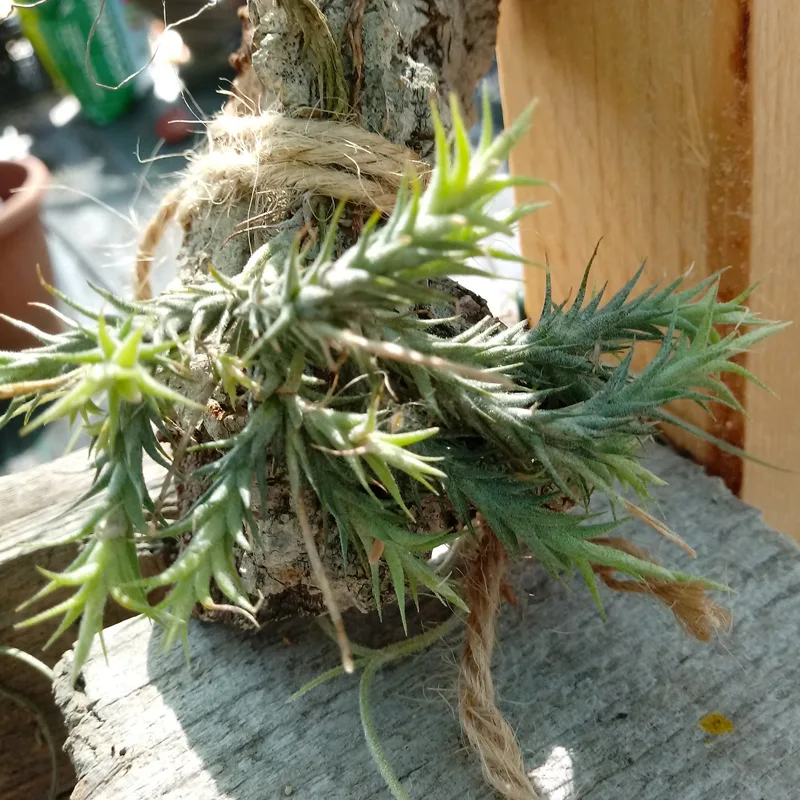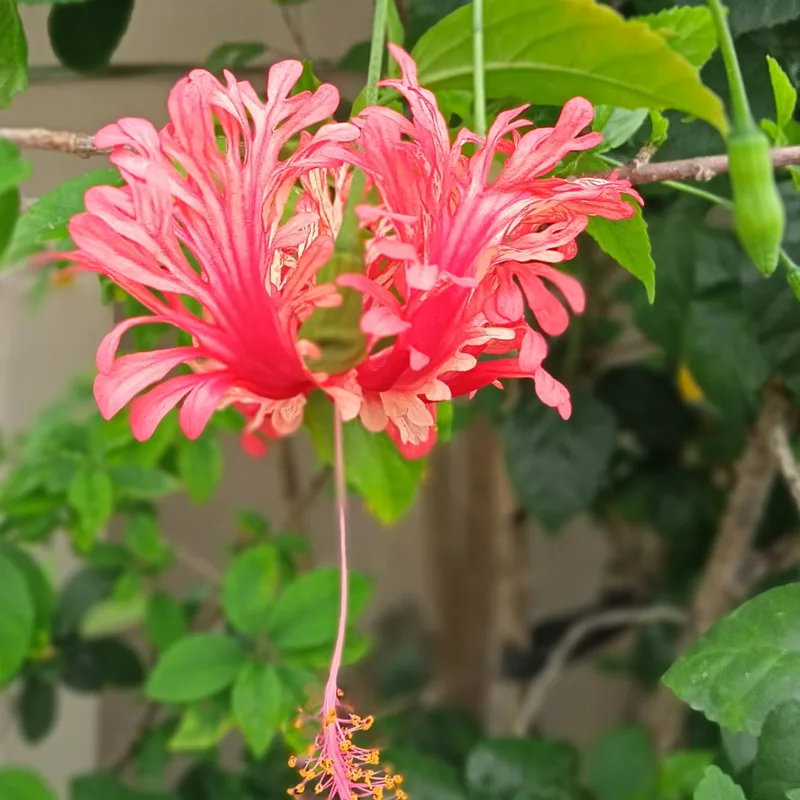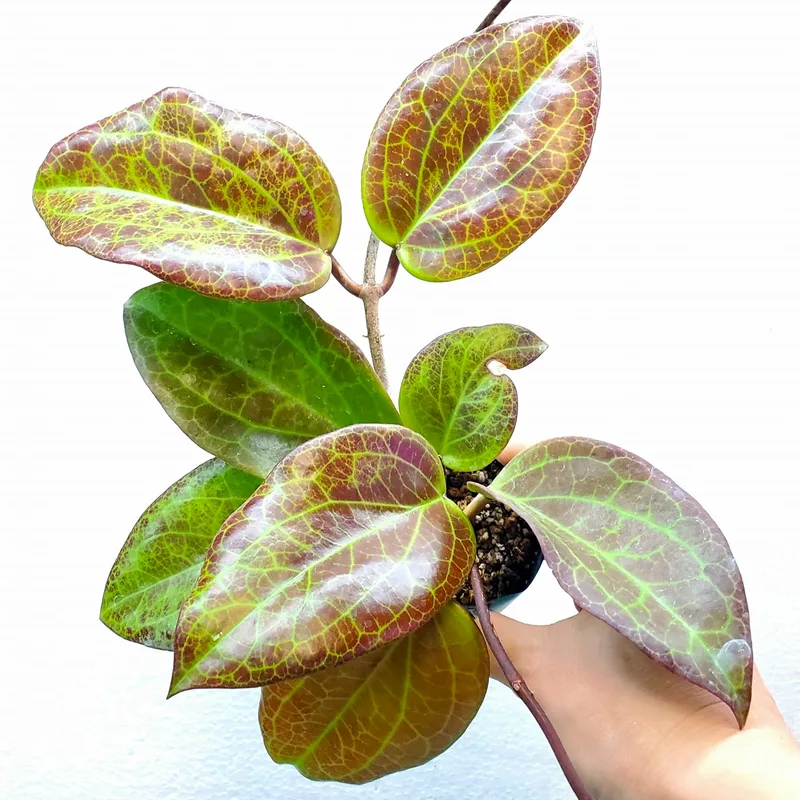The Allure of the Allium Ambassador: A Gardener’s Guide
There’s a certain magic to seeing a flower emerge from a bulb. The anticipation, the slow unfurl of life from a seemingly inert object, is a small miracle that unfolds in your garden every spring. This year, I decided to add a touch of architectural drama with the Allium Ambassador, an ornamental onion renowned for its stunning purple globes and impressive height.
For those unfamiliar, Alliums are a diverse group of flowering plants that belong to the same family as onions, garlic, and leeks. While some might be deterred by the association with their pungent cousins, Alliums offer a surprising amount of beauty to the garden. The Allium Ambassador, in particular, is a real showstopper.
1078 Species in Genus Allium
Allium Ambassador vs Gladiator
When I grew Allium Ambassador next to Gladiator, I noticed the Ambassador’s blooms lasted longer, adding vibrant color to my garden for weeks.
Allium Ambassador vs Globemaster
Comparing Allium Ambassador with Globemaster, I found the Ambassador’s flowers to be slightly larger and more striking, though Globemaster had a more compact and tidy growth habit that was easier to manage.
Allium Ambassador vs Giganteum
Planting Allium Ambassador alongside Giganteum, I appreciated how the Ambassador’s taller, sturdier stems held up better against the wind, making it the showstopper of my flower bed.
When to Plant Allium Ambassador?
The key to a successful Allium Ambassador display lies in timing your planting right. These bulbs are fall planters, meaning they need a cool period to trigger growth. Ideally, you want to plant them 6-8 weeks before the ground freezes. In most temperate climates, this falls somewhere between late September and mid-November. Planting too early can lead to premature sprouting, leaving the tender shoots vulnerable to frost damage.
How Deep to Plant Allium Ambassador Bulbs?
When it comes to planting depth, Allium Ambassador follows the general rule of thumb for bulbs: plant them at a depth two to three times their own height. For the Ambassador, which can reach up to 4 feet tall, this translates to a planting depth of around 6-8 inches.
Here’s a simple trick for remembering the depth: imagine the bulb as a globe. The top half of the globe should be buried, while the bottom half rests comfortably in the soil.
How to Plant Allium Ambassador?
Planting Allium Ambassador is a straightforward process. Here’s what you’ll need:
- Allium Ambassador bulbs
- Shovel
- Compost or aged manure (optional)
Step 1: Choose the Right Spot
Allium Ambassador thrives in full sun, so pick a location in your garden that receives at least 6-8 hours of direct sunlight daily. The soil should be well-drained and on the drier side. If your soil is heavy clay, consider amending it with some sand or compost to improve drainage.
Step 2: Prepare the Planting Hole
Dig a hole that’s two to three times deeper than the bulb itself. If your soil is lacking in nutrients, you can mix in some compost or aged manure at the bottom of the hole for a slow-release fertilizer boost.
Step 3: Plant the Bulb
Carefully place the Allium Ambassador bulb in the hole, pointy end facing upwards. Remember, the pointy end is where the magic happens – that’s where the flower stalk will emerge.
Step 4: Backfill and Water
Fill the hole back in with soil, gently firming it around the bulb. Give the newly planted bulb a good watering to settle the soil.
How to care for Allium Ambassador?
Once planted, your Allium Ambassador requires minimal care. Here are a few tips:
- Watering: Water regularly during the first few weeks after planting, especially if the weather is dry. Once established, Alliums are quite drought tolerant and won’t need frequent watering.
- Fertilizer: You shouldn’t need to fertilize heavily. A light application of a balanced fertilizer in early spring can give your Alliums a boost.
- Deadheading: Once the flowers have faded, you can deadhead them to prevent seed formation and encourage the plant to focus its energy on storing nutrients for next year’s bloom. However, leaving the dried flower heads on can add winter interest to the garden.
What to Plant With Allium Ambassador?
The architectural form and bold purple hue of the Allium Ambassador make it a versatile companion plant. Here are a few ideas:
- Peonies: The soft, fluffy blooms of peonies provide a beautiful contrast to the Allium’s rigid form.
- Late Tulips: Tulips and Alliums share similar bloom times, creating a stunning color combination.
- Ornamental Grasses: The swaying fronds of ornamental grasses add movement and texture to a planting scheme featuring Alliums.
Conclusion: A Rewarding Addition to Your Garden
The Allium Ambassador is a low-maintenance, high-impact plant that adds a touch of drama and architectural interest to any garden. With its impressive height and stunning purple blooms, it’s sure to become a conversation starter. So, follow these simple steps, and get ready to be rewarded with a magnificent display of this ambassador of the Allium family.
If i die, water my plants!



